Two and a half months since we have started our journey at the prairie…. here is what I have learned so far.
- The Prairie sun is unforgiving and is not there to protect you – Wear Sunscreen!
- Nathan is 100% a botanist and thinks wildlife is second class
- Dade will flip over every Asclepias syriaca leaf he sees to find Monarch caterpillars
- Thick wool socks are the only acceptable pair of socks against chiggers
- Harsha is amazing at poems and working with the youth conservation corp
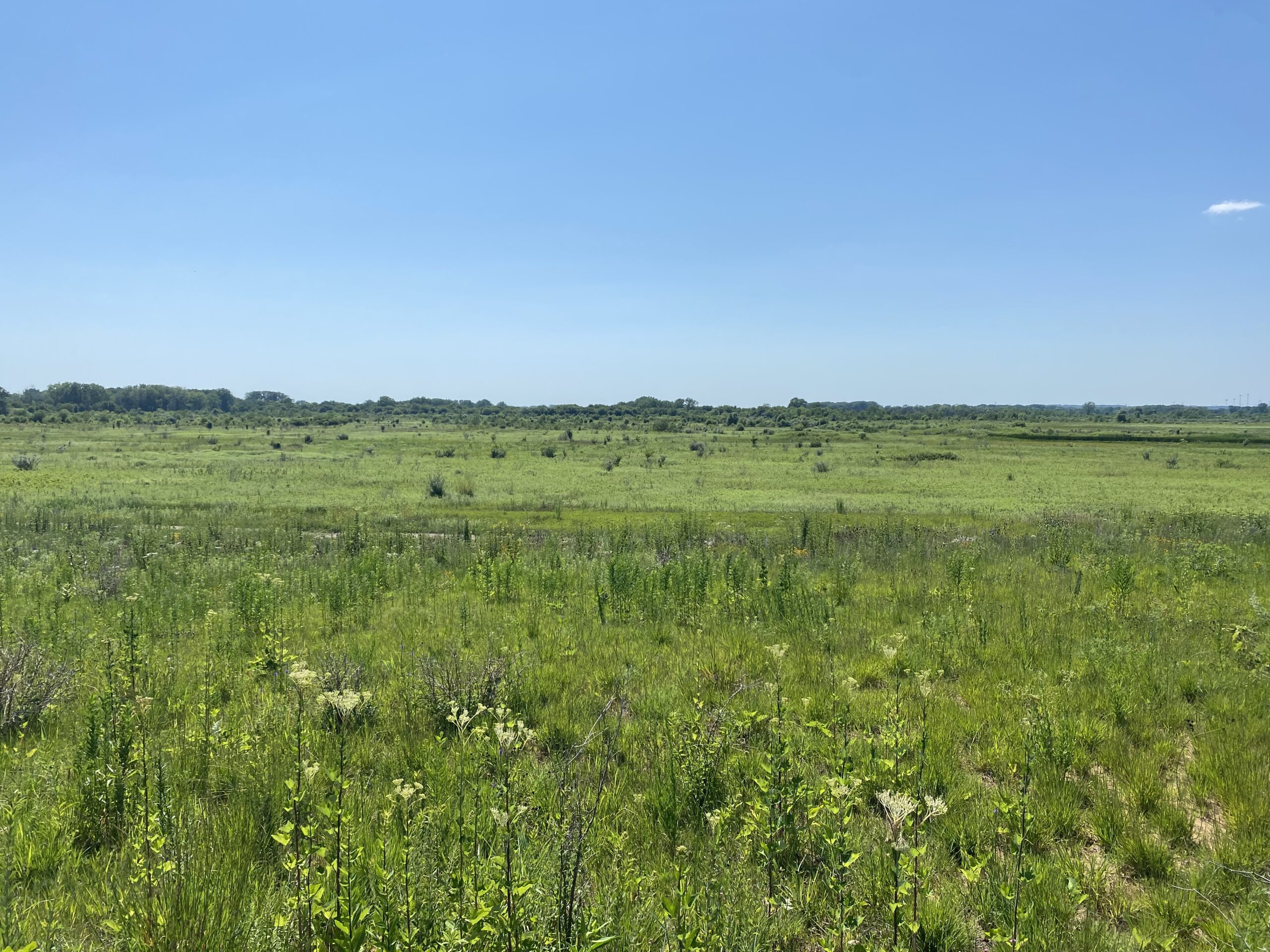
Vegetation monitoring
Wow did we learn a lot of prairie plants this month. Let me just say, the volunteers, specialists, and technicians at Midewin know all, they are the superior plant experts and you should go to them for every plant question that you have. They helped me so much with my plant identification during the vegetation monitoring process and now I feel 100% more confident on my prairie plant id skills. The more time we spent outside learning plants the more I came to appreciate the plants in the prairies.
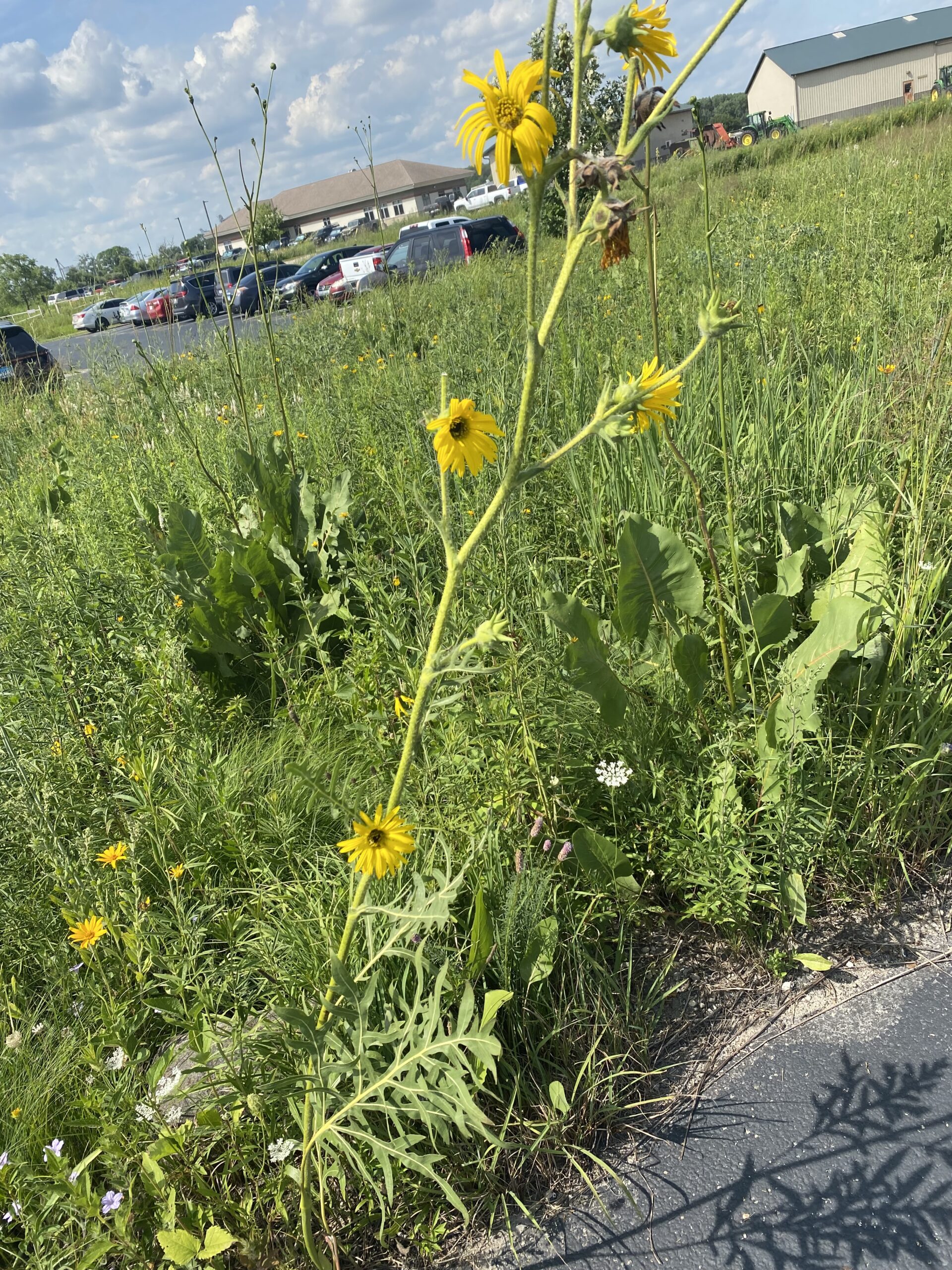
Monarda? Oh she’s a cutie with her little purple Lorax-treelike flowers! Silphium laciniatum? Do you mean the most charismatic plant on the prairie shooting its stem over my head with yellow flowers? Eryngium yuccifolium? With a name like that (or Rattlesnake Master!) how could I not love it! Even if it stabs me through my pants every step that I take at the SE Bison Pasture. Bouteloua?! It took me forever to figure out how to spell it but look at it! Just the name makes me happy and the way that the seeds hang off of the stem only increases its charm! Needless to say learning all of these plants and more has been a very fulfilling part of July here on the Prairie.
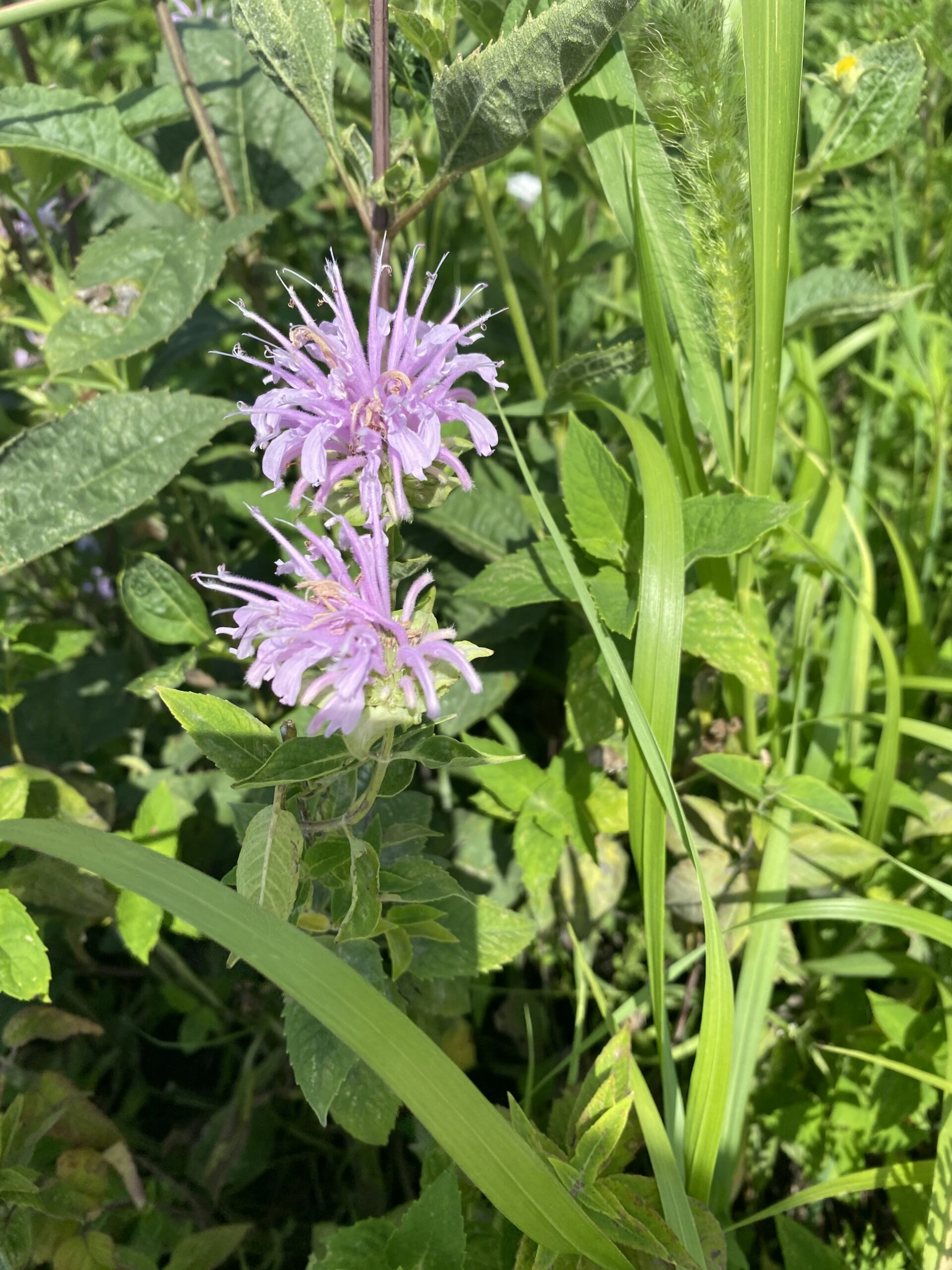
He speaks Parseltongue
Harry Potter would be proud of us if he saw our ssssnake charming abilities out here at Midewin. Holding, identifying, and measuring snakes out in the hot sun is a battle enough, and not having a single bite incident is even more of an accomplishment. If we don’t make it as restoration specialists we definitely have the skills to becoming a Parseltongue expert at Hogwarts. Someone go call Dumbledore!
The snakes did not really appreciate us lifting up their homes and disturbing their slumber in the mid-afternoon sun… but after a bit of struggle they eventually would cozy up to us and let us measure them before slithering away back into the dense prairie vegetation. We even got to see a Fox Snake, a priority species listed at Midewin. When we went to lift the board to look for snakes he scared me and Nathan just from the sheer size of him (he was very big), but the wildlife technician with us held him perfectly proved to us snakes are not as bad as people make them out to be. Although I think Nathan still prefers plants.
Carex…. you think you got it, then you don’t
Collecting seed was in high gear this month for Carex and Juncus species and at Midewin there are a lot of different options and they all look the same. We have spent many afternoons looking at specific seeds of a carex to figure out what species they are compared to the other carex that we found at the same site. Luckily we are starting to learn the subtle differences of the Carex and Juncus families.
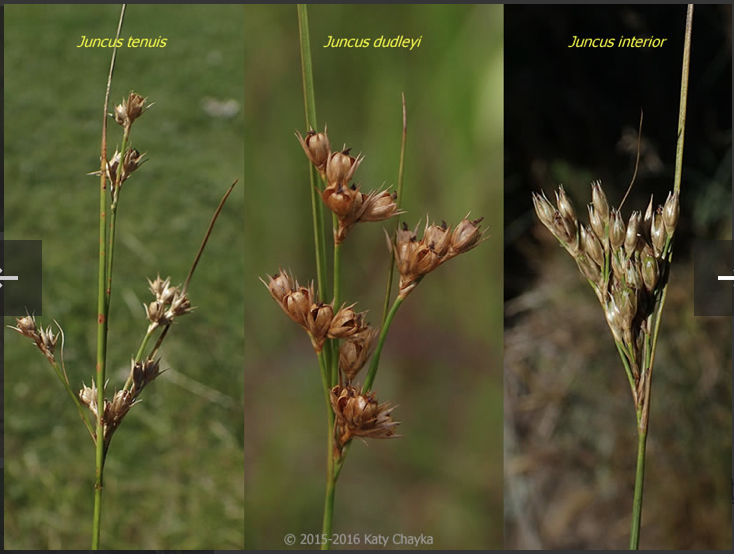
On the bright side, becoming more experienced in identifying these different species has prepared us immensely for the upcoming seed collection of the asteracea family because they also all look very similar to one another. So bring on the yellow flowers! We have our Flora of the Chicago Region locked and loaded and ready to be used!
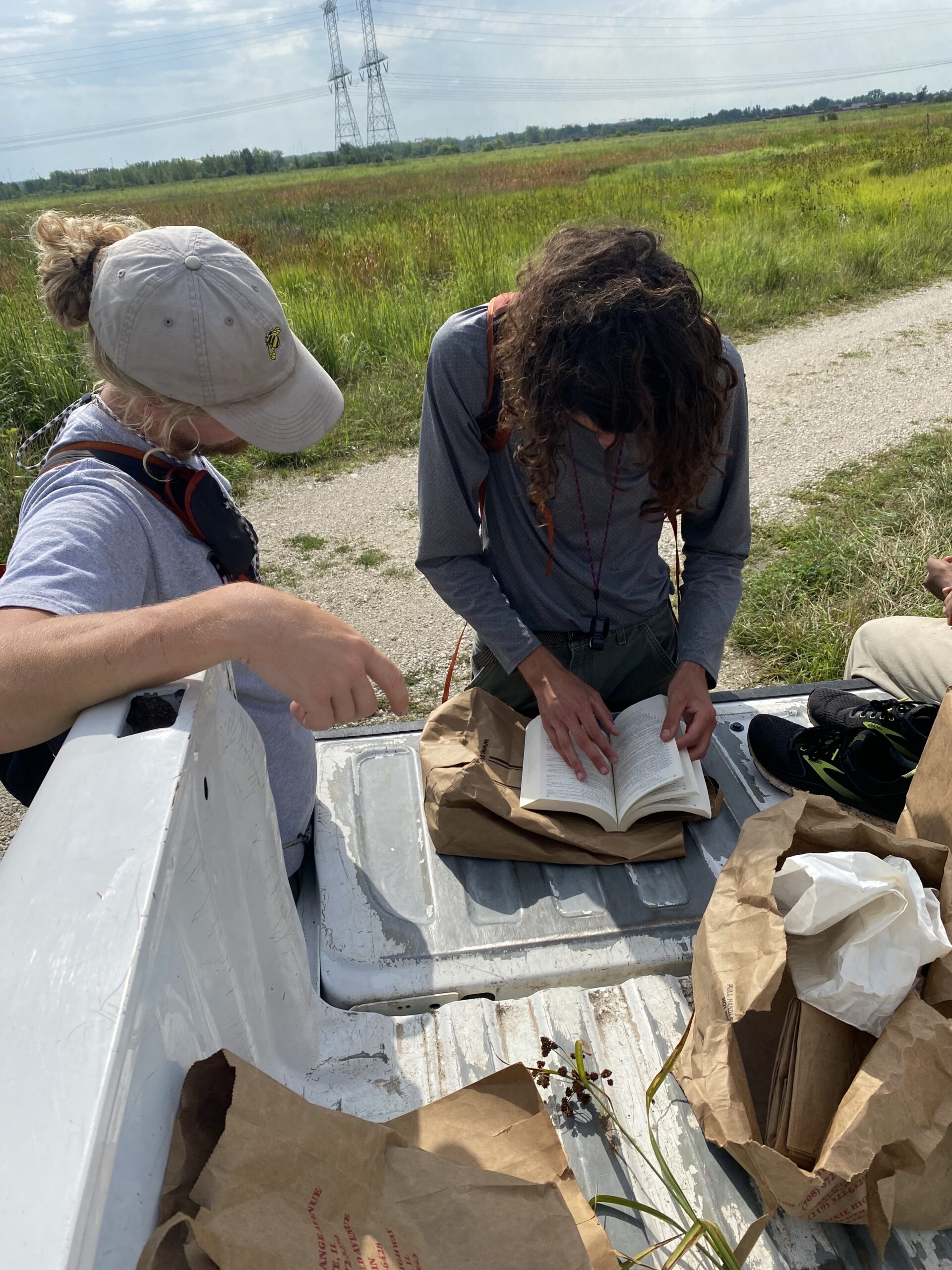
Oh its mechanical…. someone call Dade
Midewin is a little different than other national forests around the country because they do everything in house. Meaning all of the seed that we collect is cleaned, stored, and replanted on site and is not shipped anywhere else. So along with our seed collection and plant identifying tasks we also regularly help out with the horticulture aspect as well. Lately we have been helping the horticulturist and technicians out at the River Road seed beds, planting plugs, mulching, weeding, and watering the plants to make sure they are surviving the hot prairie days. We have been using big power tools like augers and UTVs, little hand tools like shovels and rakes, and really whatever we have to get stubborn weeds from encroaching on our precious plants.
Needless to say, we get our hands DIRTY, especially Dade because he doesn’t believe in gloves. Dade is the handy man though, a little bob the builder minus the hammer. He is the augering king, bench sanding tycoon, and gate unlocking emperor all in one. Basically when we can’t handle a big physical problem…. we know who to call. And our seed beds look amazing because of it.

Fieldtrips to Markham
Markham, IL is a south west suburb of Chicago no more than a 30 minute drive from downtown on a good day (no traffic). It has a pretty mixed demographic of African Americans, Latinos, and White families of lower to middle class status. Basically its is all houses and expressways. Except for this a few small patches of prairie next to I-55 and suburban houses. This is the Indian Boundary Prairie run by The Nature Conservancy.
The entire restoration team from Midewin got the opportunity to drive out to them, see their remnant and restored prairies, and talk to them about their experiences, challenges, and solutions to restoration work. It was truly amazing to get the chance to talk to people working for a non-profit and see the similar but different work and approaches they take to managing prairie ecosystems. Also their prairies are GORGEOUS! You could not even tell it was next to a highway if you turned the other way! Everyone talked about weed management practices, wildlife practices, different plants that we saw or wanted to repopulate in our respective areas, their career pathways to where they are now, even outreach programs that they are trying to implicate. Its crazy to think that this nice prairie is in the middle of a chicago suburb and not many people know about it, a specialist that grew up in the area said she did not even know it existed and the prairie has been there since the 1970s!
The ability to talk to them and learn more about their projects and tell them about ours really inspired a lot of people on the restoration team. Knowledge really is best when shared with other people so I am hoping they got as much out of meeting as I did. We are ready to take on the Prairie in August. Bring on the sun!
